Lockdowns pushing people into vicious cycle of poverty in Nepal
Prohibitory orders imposed by the government to break the chain of transmission have reduced the mobility of people and helped lessen the spread of the coronavirus but not without a heavy cost
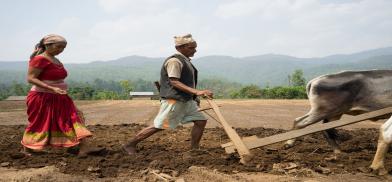
Prohibitory orders imposed by the government to break the chain of transmission have reduced the mobility of people and helped lessen the spread of the coronavirus but not without a heavy cost. Economic activities, especially in informal sectors, have almost collapsed, leaving millions out of jobs.
The tourism and hospitality sector in Nepal, employing around a million people, remains the worst affected, reported The Kathmandu Post.
Around 60 percent of the jobs in informal sectors vanished during the pandemic; others saw a fall of 95 percent in their average monthly income, according to an assessment of the United Nations Development Program.
The crisis affected women, especially from the lower-income group, even more. According to the UNDP report, 41 percent of women from the category lost their jobs against the 21 percent of men.
The loss of income and the overstretched health system have compounded other challenges that developing countries usually face. The UNDP report says 670 more children could die monthly due to health care access issues in Nepal. For others, malnutrition is another challenge.
“The pandemic has an overarching effect on human rights. The people have been deprived of their fundamental rights to health, education, and even livelihood,” Gauri Pradhan, a former member of Nepal’s National Human Rights Commission, was quoted as saying by The Kathmandu Post.
Also, the government’s welfare schemes at a time when it needed most may get affected by constrained finances. The hard-fought gains in poverty alleviation over the years are likely to wash away in the pandemic.
(SAM)


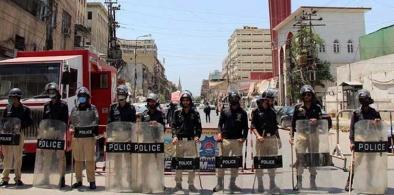
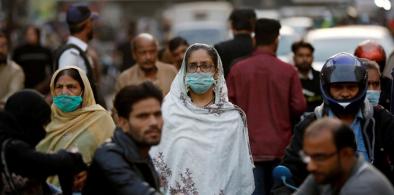
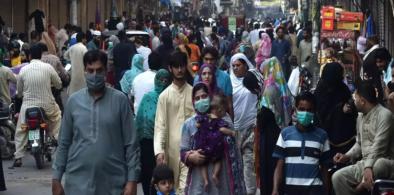
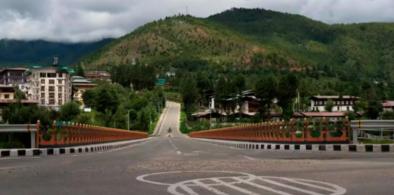








Post a Comment